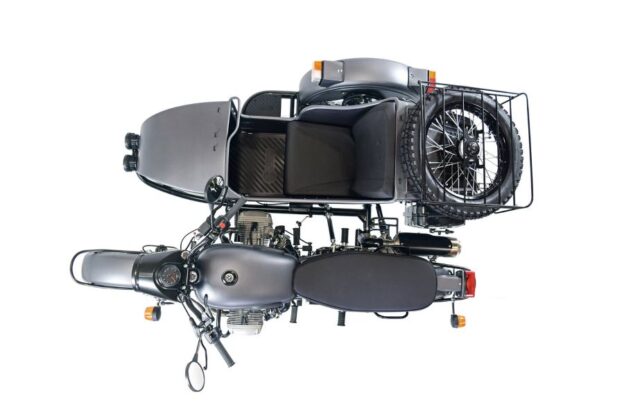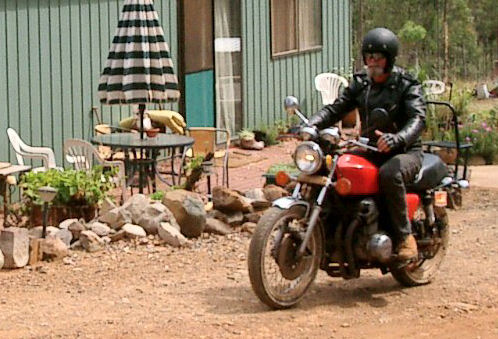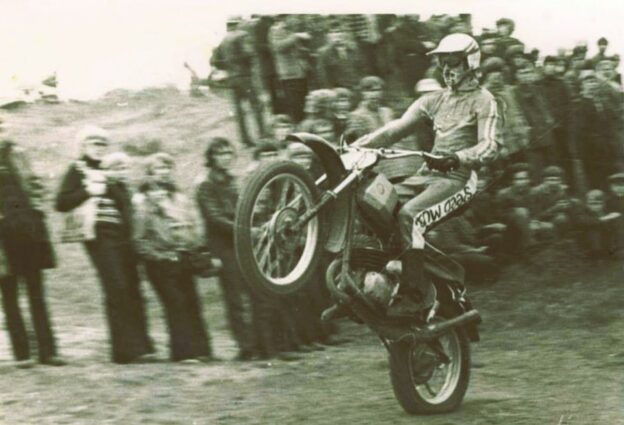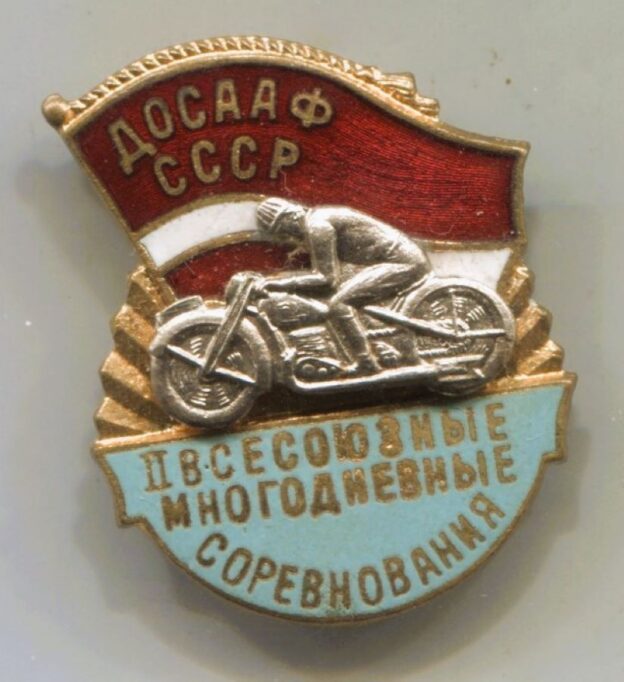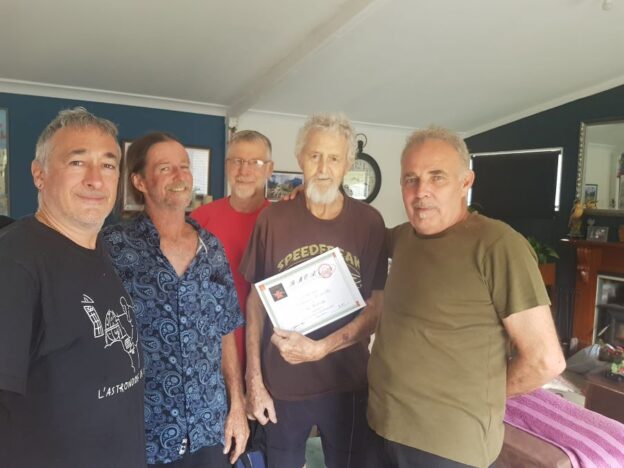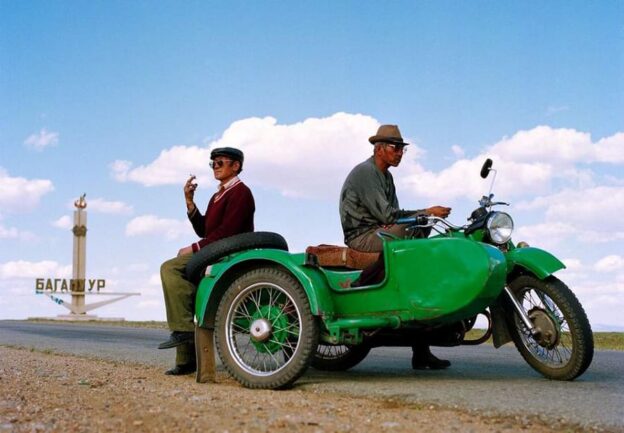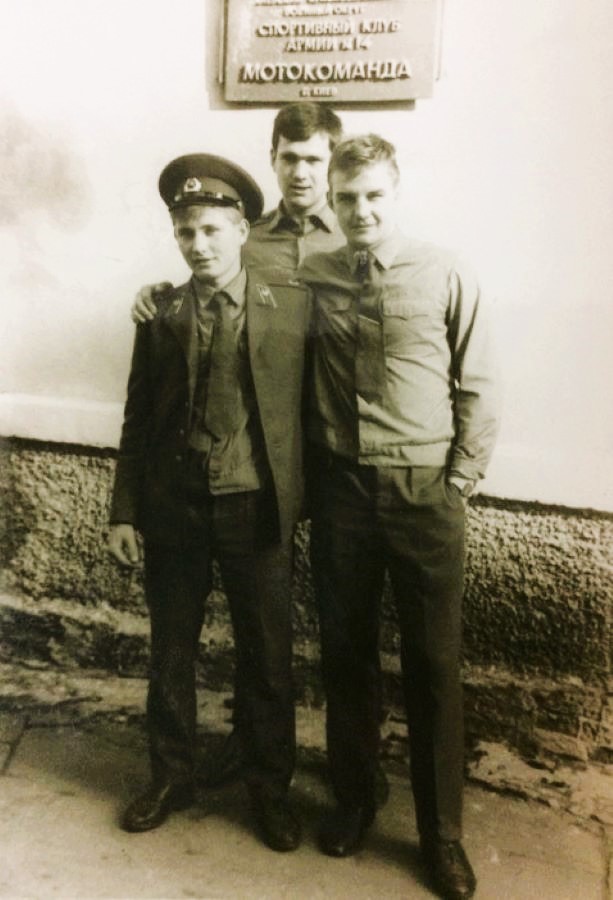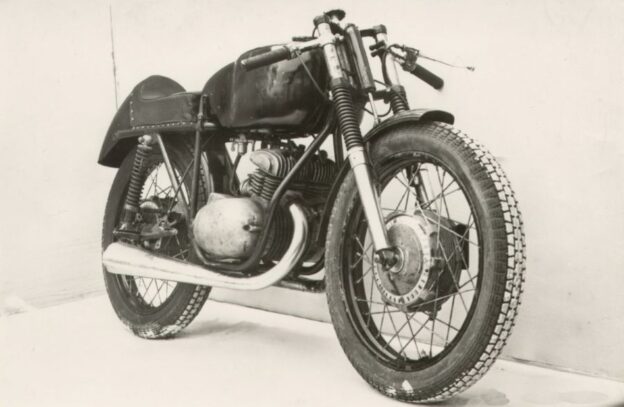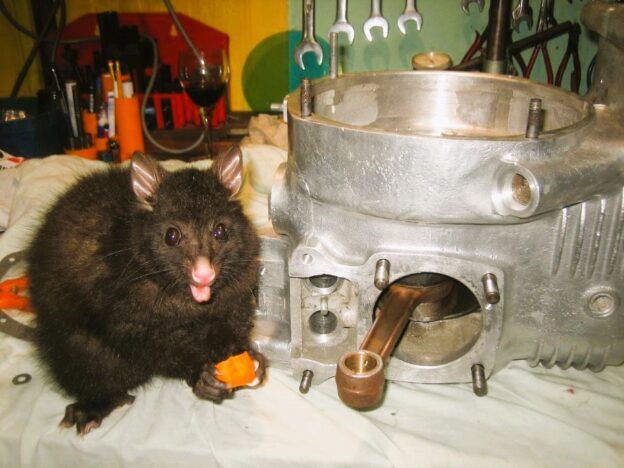Message from Madina:
On February 24th, 2022, an unimaginable tragedy unraveled for the whole World.
While we’ve felt totally and utterly powerless to stop the rockets, to stop the insanity, we promised to do the one thing that we could: to keep Ural alive, to protect our employees and to be there for our customers, against all odds.
Today, a year later, we can say – we did it.
Our team works relentlessly around the clock to keep production rolling. Every single bike coming from our new home in Kazakhstan is not only the best quality machine we at Ural have put out since we took over the brand a little over twenty years ago, but also a token of our fierce commitment to life.
To all our customers and friends around the world who support and believe in us, we are eternally grateful. Ride safe and share your light!
Here’s to Life!
The Team at Ural

